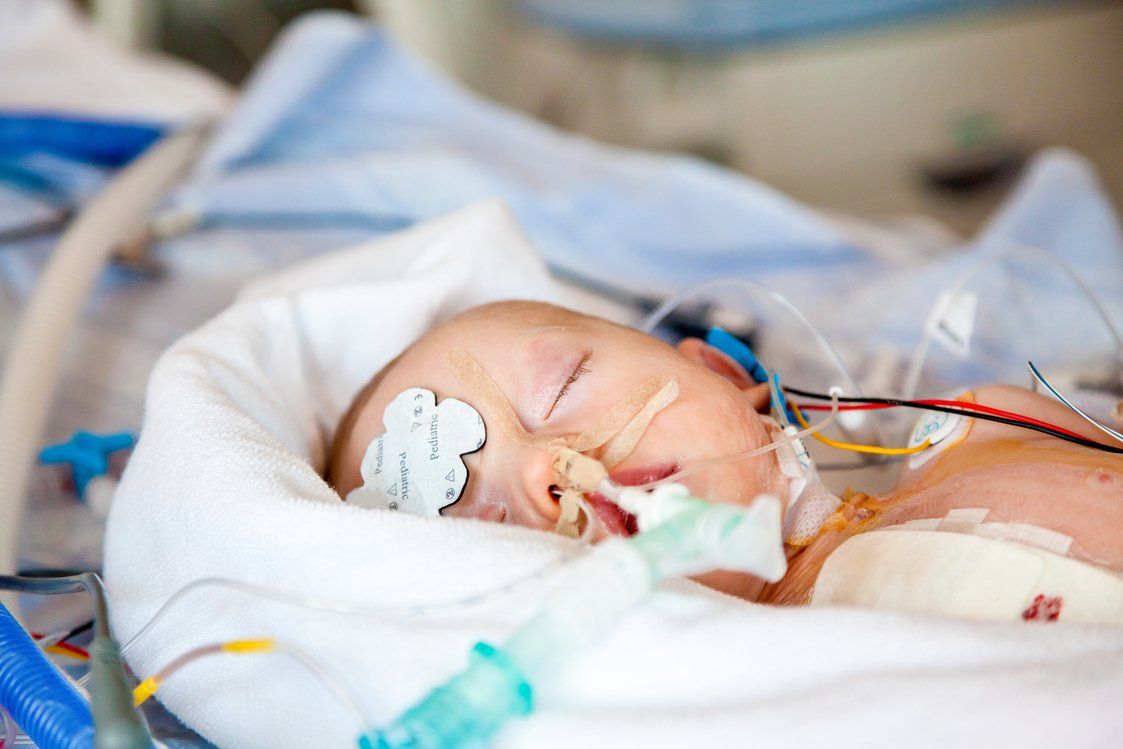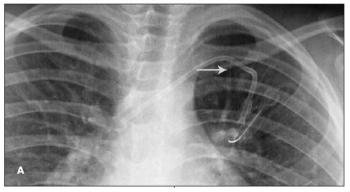
Sports have long been linked to cases of sudden cardiac arrest in the young, but a recent report shows that obesity may play a larger role than activity.


Sports have long been linked to cases of sudden cardiac arrest in the young, but a recent report shows that obesity may play a larger role than activity.

Adults who have survived childhood cancer are about 10 years ahead of their peers in terms of developing hypertension, according to a new report.

A new study reviewing whether drinking water before vaccination could help dispel feelings of postvaccination dizziness found instead that anxiety before the shot may be a bigger factor.

The risk of coronary artery lesions (CALs) in Kawasaki disease (KD) is related to CYP2E1 gene polymorphisms, a study from Taiwan confirmed.

A new device for the heart is designed to accommodate a child’s growth, potentially improving the success rate of a valve repair and reducing the need for more operations.

New guidance for pediatric hypertension makes it easier for primary care physicians to identify children and adolescents with high blood pressure and manage them in an appropriate manner.

Hypertension in children is not just a specialty problem. It's much more common in general pediatrics than community pediatricians might realize.

Pediatric pulmonary hypertension (PH) can be difficult to spot, and a lack of research on this rare condition has resulted in a lack of evidence-based diagnosis and treatment guidance–until now. The American Heart Association and the American Thoracic Society have released new, extensive guidelines that task force members hope will pave the way for new research and continued development of care plans for pediatric PH patients.

A wide range of cardiovascular signs and symptoms present to the pediatrician’s office, and clinician knowledge of key “red flags” alerting them to a higher likelihood of significant pathology or more urgent need for subspecialty referral is paramount.

Firstborn children could be at increased risk for high blood pressure and diabetes compared with their younger siblings, suggests new research from New Zealand.

Most adolescents with essential hypertension do not get the recommended diagnostic imaging tests, according to a study of a Medicaid population. Are there missed opportunities for intervention in this population?

Hospitalizations of children with hypertension doubled over a 10-year period. A recent study suggests why and reveals which children are at greatest risk. More >>

The imaging studies shown are from 2 children with cancer who underwent placement of 9.6 French left subclavian central venous catheters (CVCs) to facilitate treatment. Fracture of the catheters with subsequent embolization of the distal fragment to the pulmonary arteries was noted at about 18 months after placement. Findings suggestive of impending fracture were missed in previous radiographs. In both cases, an interventional radiologist removed the fragment via percutaneous catheterization of the right femoral vein.

Although it has been more than 40 years since Kawasaki disease was first described, it is still something of a medical mystery.

A 4-month-old boy was transferred to our center from a community care hospital because of persistent fever (temperature up to 39.4°C [103°F]) of 5 days’ duration. He also had decreased activity, increased irritability, occasional vomiting after feedings, and a few episodes of loose stool.

A primer for pediatricians on how to approach hypertension in children and adolescents.

Over the last few years, the incidence of hypertension (HTN) in children has risen, noted Beth Vogt, MD, of Rainbow Babies and Children’s Hospital in Cleveland, as she spoke in Boston to a packed room of concerned pediatricians. In addition to a rise in HTN, the average blood pressure (BP) of American children is also increasing. Several studies have shown that elevated blood pressure is under-recognized; the increase in HTN may also be associated with the childhood obesity. The recommendations below offer some insight in how to identify the child with elevated BP, and how to approach treatment.

An otherwise healthy female infant presented at birth with a lesion on the left side of the face that involved the frontotemporal scalp, periocular area, nose, and upper lip (A). She was born at term via spontaneous vaginal delivery after an uncomplicated gestation. The initial clinical impression was that of a port-wine stain associated with Sturge-Weber syndrome.

These links offer information on treatment, diagnosis, and help in communicating information on pediatric cardiac ailments to parents.

A 2-year-old girl was seen by her pediatrician because of a 3-day history of runny nose, cough, congestion, and low-grade fevers. A viral upper respiratory tract infection was diagnosed and supportive care was recommended. The child returned 2 days later with persistent cough, mild tachypnea, and an episode of vomiting. The cough and tachypnea prompted the pediatrician to order a chest film, which revealed an enlarged cardiac silhouette.

A report released in June at the 17th Annual Scientific Sessions of the American Society of Echocardiography in Baltimore, Md., describes how ultrasonography of the heart can identify pulmonary hypertension in children who are obese and experience sleep apnea. The finding was an outcome of a study of the prevalence of pulmonary hypertension in children who have systemic hypertension.

Chest pain in children evokes anxiety in patients and their parents--and prompts frequent visits to the pediatrician's office, urgent care facility, or emergency department (ED). In a prospective study, Selbst and colleagues reported that chest pain accounted for 6 in 1000 visits to an urban pediatric ED.

High blood pressure in an infant can be the presenting sign of serious illness. Here’s a road map for how to proceed-from making the diagnosis to finding and treating the cause.

When you are presented with a child who has a murmur, chest pain, or syncope, what findings on history and physical exam point to cardiac pathology? When should you refer?

When you are presented with a child who has a murmur, chest pain, or syncope, what findings on history and physical exam point to cardiac pathology? When should you refer?